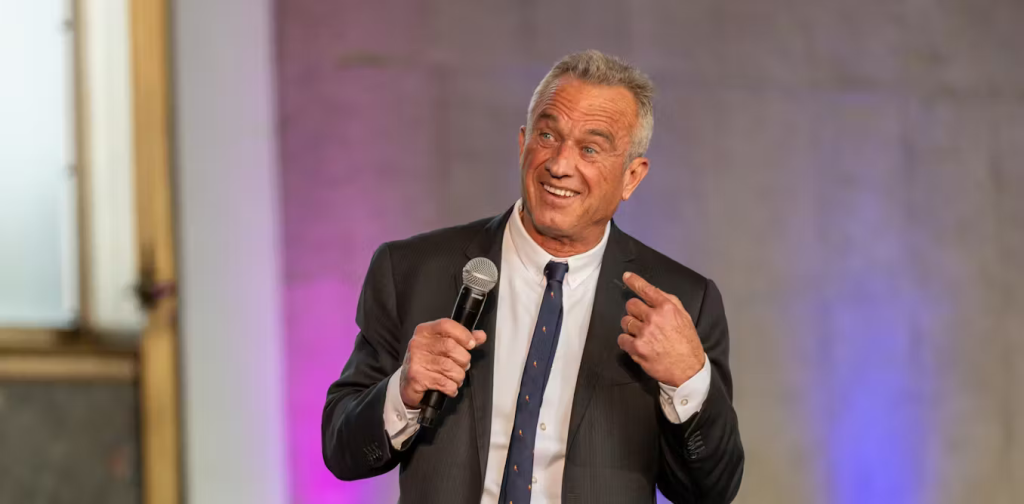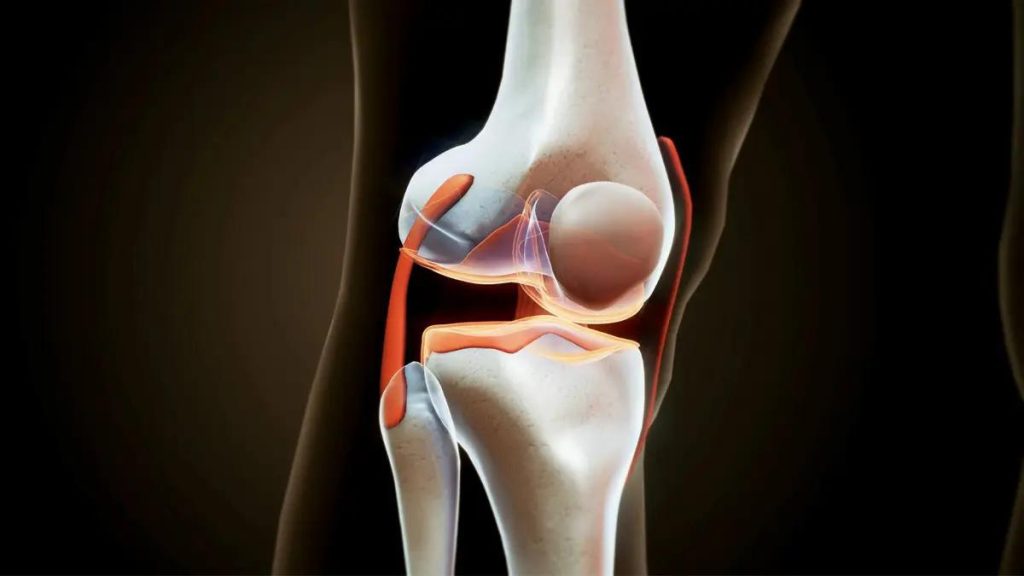- Robert F. Kennedy Jr.’s harsh voice is due to spasmodic dysphonia, a neurological condition affecting the vocal cords.
- Spasmodic dysphonia results in a strained or shaky voice and affects about one in every 50,000 people, with women being more susceptible.
- Botox injections and speech therapy are common treatments for spasmodic dysphonia, but there is no cure. Other causes of voice changes include aging, respiratory illnesses, acid reflux, allergies, and cancer, which should be checked by a GP if symptoms persist.
The US presidential race, the distinctively harsh voice of independent candidate Robert F. Kennedy Jr. has captured attention. This vocal peculiarity, it turns out, stems from a neurological condition known as spasmodic dysphonia.
What is Spasmodic Dysphonia?
Spasmodic dysphonia, or laryngeal dysphonia, manifests as a shaky, tight, or strained voice. Unlike other vocal cord functions such as laughing or shouting, this condition selectively impacts speech.
Affecting approximately one in every 50,000 individuals, spasmodic dysphonia exhibits a higher incidence in women. Typically, it emerges between the ages of 30 and 50.
While the exact etiology remains unclear, a study revealed a significant association between spasmodic dysphonia and prior measles or mumps infections, with 65% of patients reporting a history of these illnesses, compared to the national average of 15%.
Interestingly, research indicates that the measles and mumps vaccines may confer protection against the development of spasmodic dysphonia. This finding is noteworthy given RFK Jr.’s known skepticism towards vaccines.
Several studies have linked spasmodic dysphonia with a history of throat and sinus ailments, mumps and rubella infections, intense occupational voice use, as well as conditions like tremor, tics, and compulsive behavior.
The most common form, “adductor spasmodic dysphonia,” affects the muscles that bring the vocal cords together, resulting in stiffening or slamming shut of the cords during spasms, leading to a strained or strangulated speech.
Less prevalent is “abductor spasmodic dysphonia,” characterized by spasms that cause the cords to open, resulting in quieter or weaker speech due to the limited number of muscles involved in cord opening.
While there is no cure for spasmodic dysphonia, several treatments can help manage symptoms. Botox injections are commonly used to temporarily alleviate symptoms, with injections required every three to six months. Speech therapy can also aid by strengthening affected muscles or compensating with other muscles. In some cases, surgical intervention to sever adductor muscles mimics the effects of a permanent Botox injection.
A recent small-scale study demonstrated that deep-brain stimulation, a form of brain pacemaker, could improve the voice quality of individuals with adductor spasmodic dysphonia.
In conclusion, Robert F. Kennedy Jr.’s raspy voice is a result of spasmodic dysphonia, a condition that affects speech muscles. While there is no cure, various treatments can help manage symptoms and improve voice quality. Further research into this condition is ongoing, offering hope for improved therapies in the future.
Tags: Robert F. Kennedy Jr., spasmodic dysphonia, laryngeal dysphonia, voice disorders, vocal cord spasms, neurological conditions, vocal cord treatment, Botox injections, speech therapy, adductor spasmodic dysphonia, abductor spasmodic dysphonia, vocal cord muscles, voice changes, vocal cord health, vocal cord disorders, RFK Jr. voice, voice quality, vocal cord spasms, vocal cord treatment options, vocal cord surgery, voice rehabilitation, vocal cord paralysis, vocal cord function, voice disorders in men, voice disorders in women, vocal cord research, voice therapy, vocal cord diseases, vocal cord health tips
Related Topic: mike johnson, aaron rodgers, kerry Kennedy, presidential candidates, kerry kennedy illness, kerry kennedy voice, spasmodic, dysphonia, rfk jr voice, kerry kennedy voice condition, rory Kennedy, kennedy family, kerry kennedy voice disorder, robert kennedy jr voice, does kerry kennedy have voice problems, robert kennedy children, kennedy voice condition, rfk jr campaign, robert kennedy jr wife
FAQs
Can spasmodic dysphonia be cured?
While there is no cure, treatments such as Botox injections and speech therapy can help manage symptoms.
What are the causes of spasmodic dysphonia?
The exact causes are unclear, but factors like prior measles or mumps infections and intense occupational voice use are associated with its development.
Are there different types of spasmodic dysphonia?
Yes, the condition can manifest as adductor spasmodic dysphonia, abductor spasmodic dysphonia, or a combination of both.
Can vaccines protect against spasmodic dysphonia?
Studies suggest that the measles and mumps vaccines may offer some protection against the condition.
How is spasmodic dysphonia diagnosed?
Diagnosis typically involves a thorough examination by an otolaryngologist or speech-language pathologist.
Is there ongoing research into spasmodic dysphonia treatments?
Yes, researchers are continually exploring new treatments, such as deep-brain stimulation, to improve symptom management.







